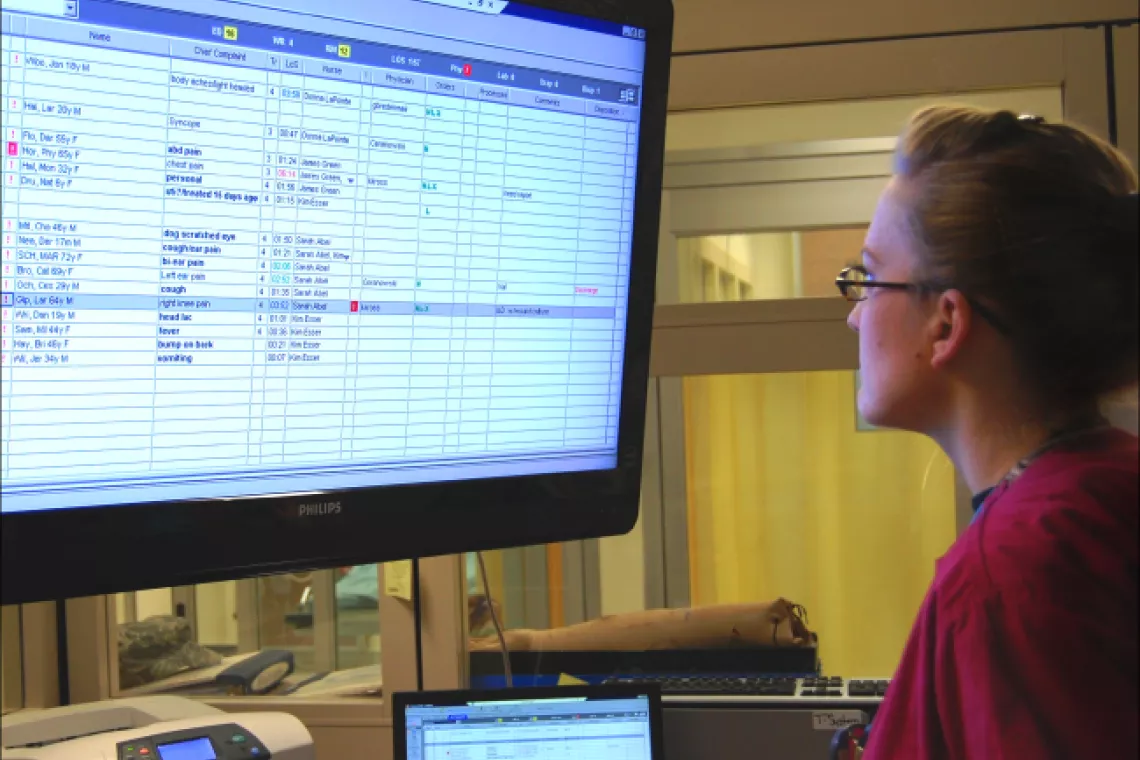IRS’s Efforts to Modernize 60-year-old Tax Processing System Is Almost a Decade Away
IRS relies extensively on information technology (IT) to process tax returns, collect taxes, distribute tax refunds, and carry out many other services for taxpayers. In FY 2020, IRS spent about $2.8 billion to maintain and improve its IT systems. In recent years, IRS has taken steps to modernize its IT systems to improve both its internal processes and service to taxpayers.
In our new report, we found that a key IRS effort to modernize has faced delays and other challenges despite its progress.
In today’s WatchBlog post, we look at some of IRS’s recent IT investments that are critical to the agency’s mission, and whether these systems met their performance goals for fiscal years 2019 and 2020 or not.
Image

IT investments that are critical to IRS’s mission
In our new report, we looked at five of IRS’s IT investments that are critical to the agency’s mission. Three of these systems are still in development. One is expected to help IRS resolve issues with taxpayer accounts. Another is expected to improve taxpayers’ access to various online services, such as account access and a tool for taxpayers to create plans to pay their taxes.
The third is expected to replace key components of IRS’s 60-year-old Individual Master File (IMF) system, which is used to process individual taxpayer data. This third system is called the Customer Account Data Engine 2 (CADE 2), and it is expected to significantly improve the way in which IRS interacts with taxpayers seeking customer service.
Two other systems that IRS invested in are fully in use and provide desktops, laptops, mobile devices and supporting services to IRS employees among other things; and support IRS’s processing of individual taxpayer account data.
IRS tech improvements met performance goals for fiscal years 2019 and 2020, but CADE 2 has had major delays
IRS told us that most of its IT investments met most of their performance goals (such as cost and schedule goals) for fiscal years 2019 and 2020. This means that there is greater assurance that IRS is making efficient use of taxpayer money in managing the investments.
However, CADE 2 has taken much longer to develop than planned and cost significantly more than originally estimated. For example, a key component of the system was expected to be completed in 2014 but now is not expected to be completed until 2023. In addition, CADE 2 is not expected to be completed until 2030.
This delay is concerning because CADE 2 is expected to replace critical components of the 60-year-old IMF. IRS told us that, despite the old system’s limitations, it continues to perform and enable the agency to implement its legally mandated services.
For taxpayers, IRS has reported that a more modern system would eventually provide real time digital taxpayer interactions and rapid access to data for enhanced customer service. A 2030 retirement for the IMF means that taxpayers will have to wait until then to fully reap the benefits of a modern system, including faster service from IRS.
- Comments on GAO’s WatchBlog? Contact blog@gao.gov
GAO Contacts
Related Products

GAO's mission is to provide Congress with fact-based, nonpartisan information that can help improve federal government performance and ensure accountability for the benefit of the American people. GAO launched its WatchBlog in January, 2014, as part of its continuing effort to reach its audiences—Congress and the American people—where they are currently looking for information.
The blog format allows GAO to provide a little more context about its work than it can offer on its other social media platforms. Posts will tie GAO work to current events and the news; show how GAO’s work is affecting agencies or legislation; highlight reports, testimonies, and issue areas where GAO does work; and provide information about GAO itself, among other things.
Please send any feedback on GAO's WatchBlog to blog@gao.gov.




